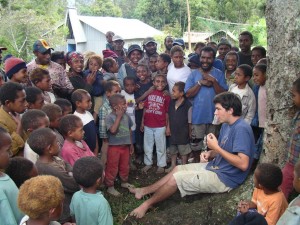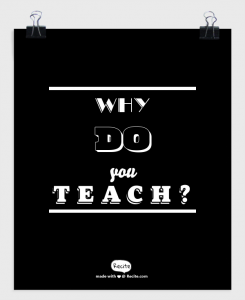My new favourite term comes from my tweep mate @debsnet, #foreverlearners is just so cool and gives the old ‘life long learners’ term such a new feel and dimension that I’m almost frightened in case I over use it. I hope it doesn’t come to that.
#foreverlearners for the sake of this blog is about opening the doors. Let me give you some context…
Over the last term and a bit I have been working with a small group of colleagues looking at developing a coaching model to suit our needs. The school in question is in its second year of using another model but things aren’t working out as well as expected. Teachers have not quite gelled with it and so as a newby I am aware of the tension and suspicion some some staff feel. It is a confusing program with lots of what seem to be disconnected steps and milestones. Many staff have let it stray and so they no longer see nor understand its purpose, if indeed they did originally understand the WHY, HOW and WHAT.
I have been reading and consulting, tweeting and discussing coaching for a while and learned quite a lot from many research articles, great blogs, great educators and coaches. Here’s what I have so far…
- Coaching is about change
- Collaboration in coaching is vital to its success
- Coaching models need clear objectives and SMART goals
- Coach and coachee must be motivated to change
- Coaching is about the teacher as learner first
- Reflection should be at the centre of any coaching process
- Coaching is cyclic
- AITSL offers many great ideas and strategies for developing a coaching model to match the personal needs of any school
Above is my visual developed for what I think could be a successful cyclic model to enable teachers as learners. This is my vision for a coaching model.
Let me elaborate…
“We don’t learn from experience. We learn from reflecting on that experience” John Dewey
REFLECT
What does good teaching look like?
Who will make an appropriate coach for me?
What am I good at?
What things are holding me back or am I avoiding?
What don’t I do that I would really like to do?
What does my student data tell me?
PLAN
Where would I like to be?
How will I get there?
What do I need to get there?
ACT
The action component is a differentiated bricolage of options depending on the objectives and  goals of coach and coachee. Here anything is possible from videotaping classes, peer observations, keeping a journal in any format – blogging, drawing, sketchnoting, diary, video diary, audio. This is where the action takes place, the hands on application, the action research, collection of data. This is where we begin to create, the time when actual paint hits the canvas and a picture begins to take shape.
goals of coach and coachee. Here anything is possible from videotaping classes, peer observations, keeping a journal in any format – blogging, drawing, sketchnoting, diary, video diary, audio. This is where the action takes place, the hands on application, the action research, collection of data. This is where we begin to create, the time when actual paint hits the canvas and a picture begins to take shape.
And then? What then?
OBSERVE
The paint begins to splatter and slowly we stand back one step at a time, have a look, watch our video, listen to our audios, and read our diary. Take another step back and suddenly a picture begins to take shape, observe others learning and teaching, perhaps step forward and add another colour, another shape here and there. Then step back -observe -think and then…
EVALUATE
What worked?
What were my challenges?
What do I do now that I didn’t do before?
Where to next?
And so the process begins again…REFLECT…
Thanks for reading 🙂

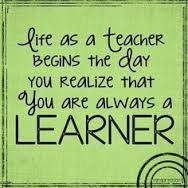
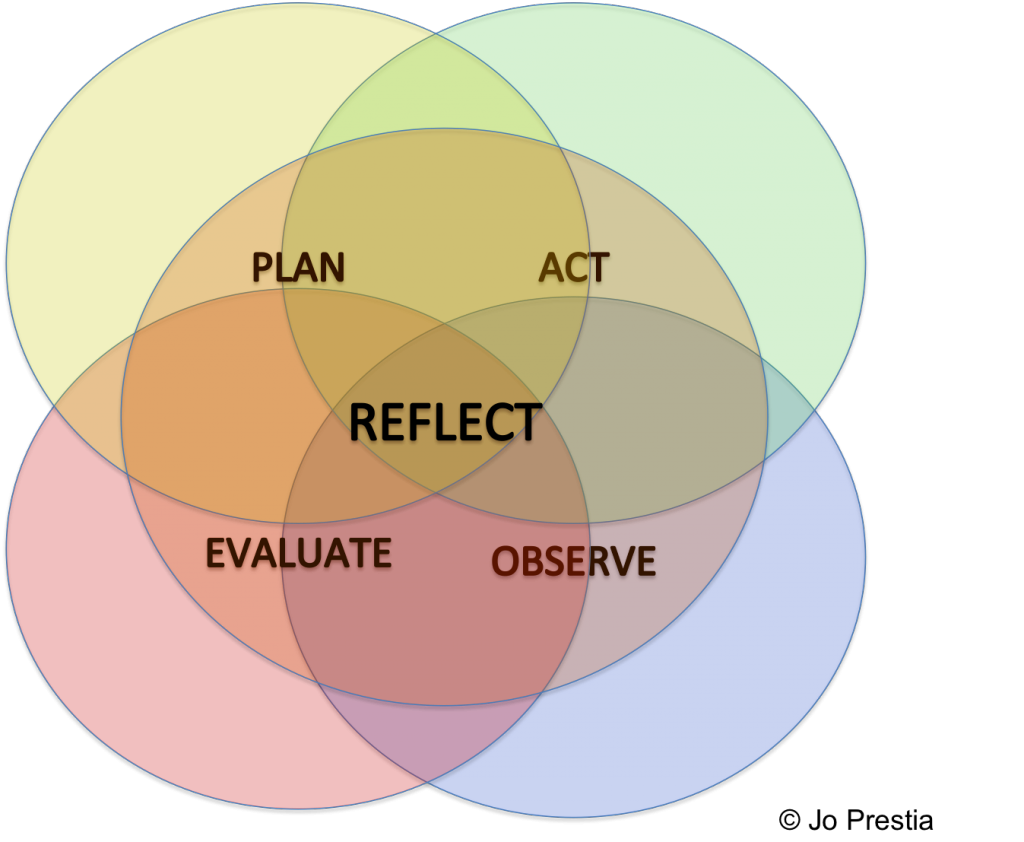

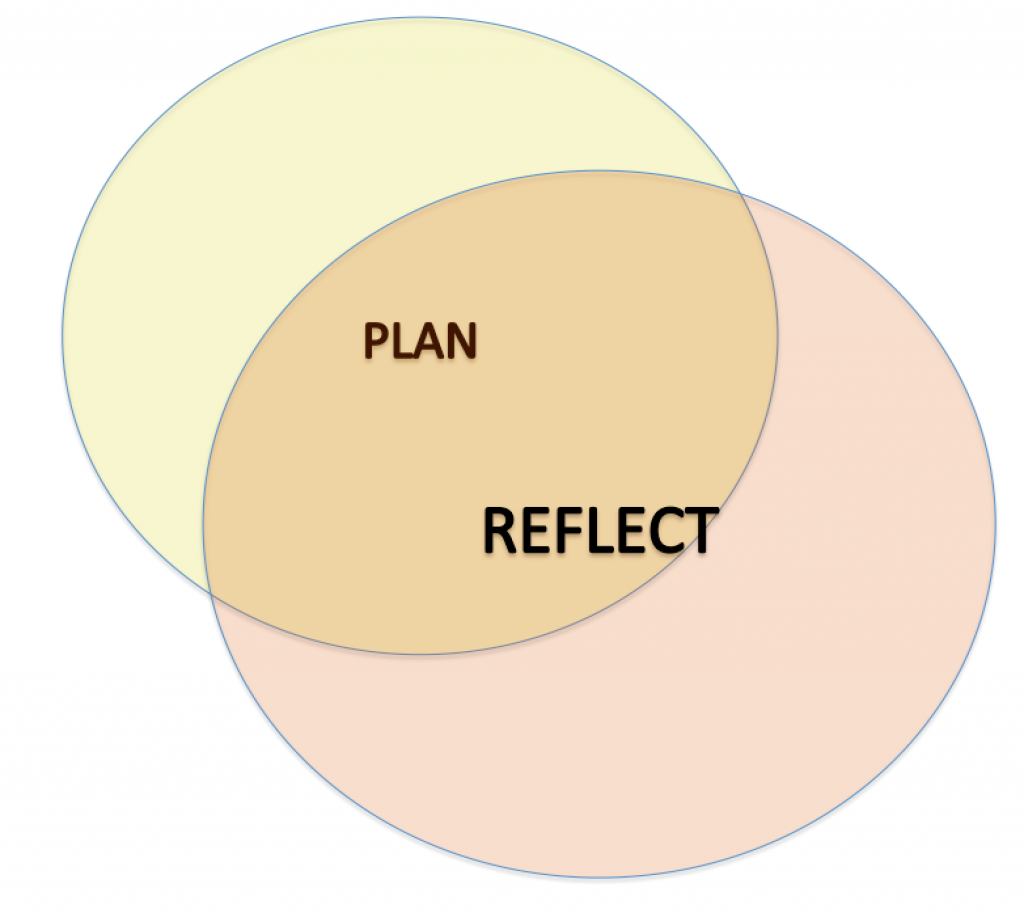
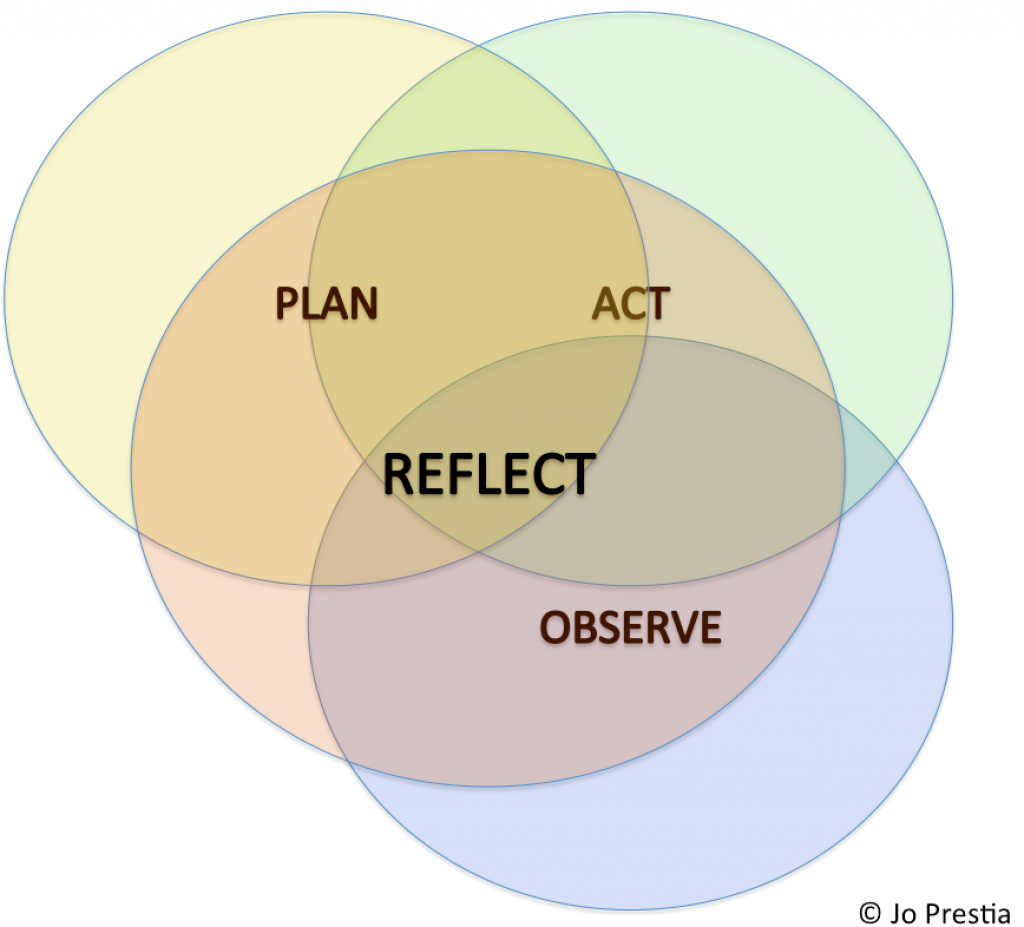
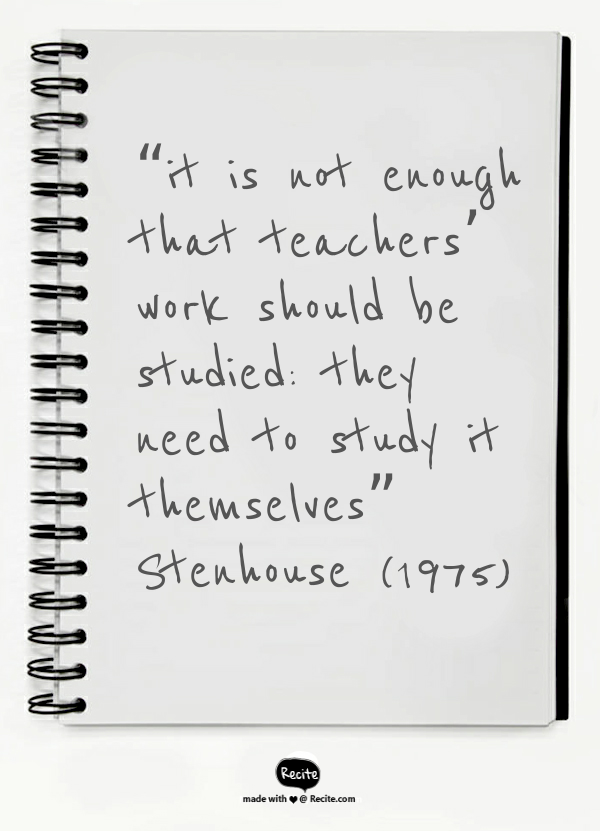
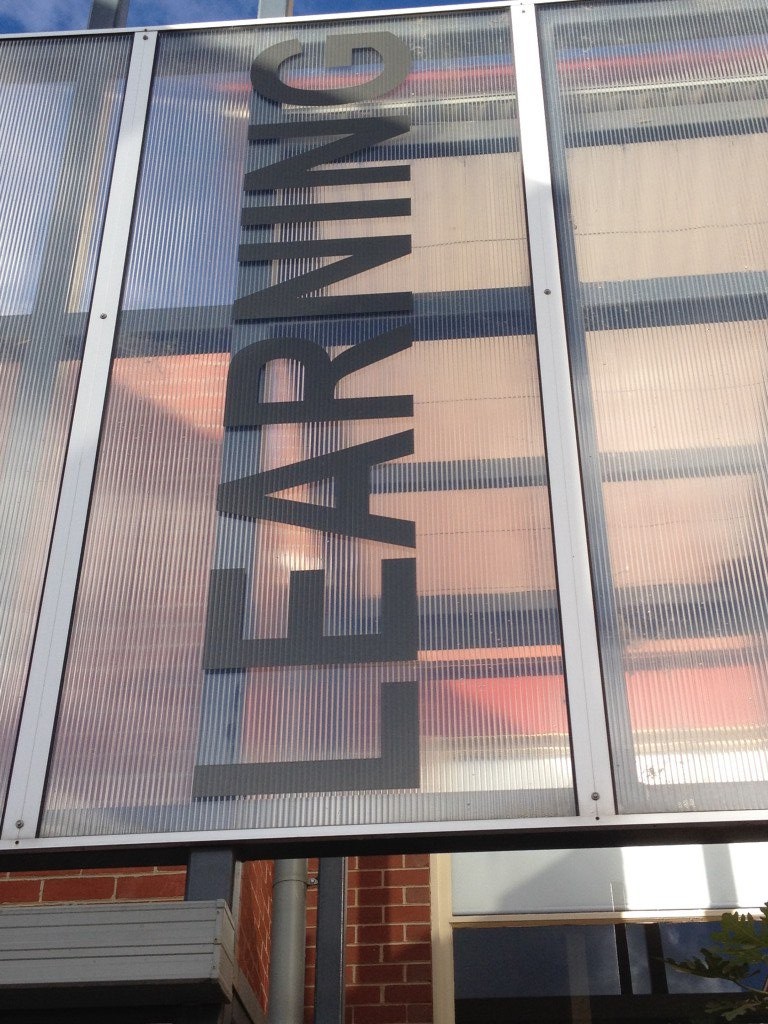


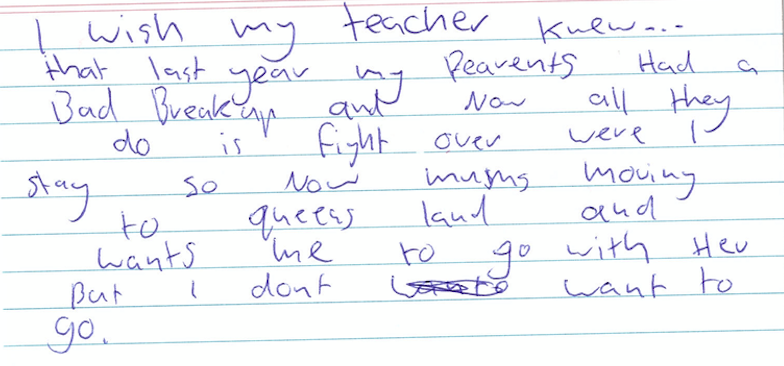

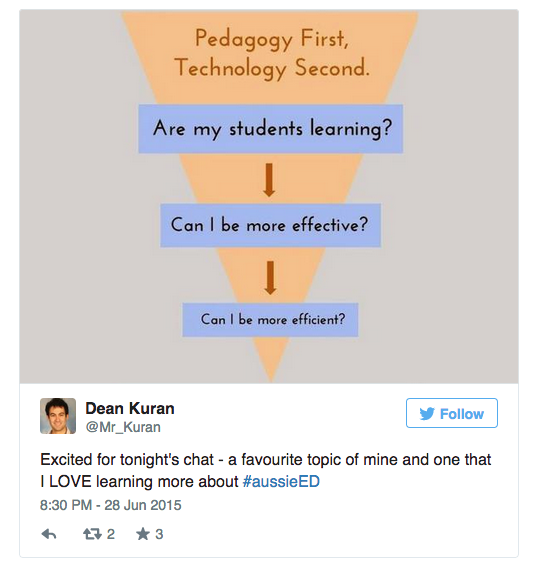
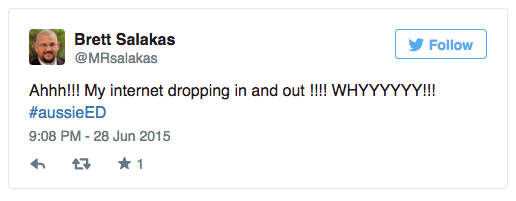
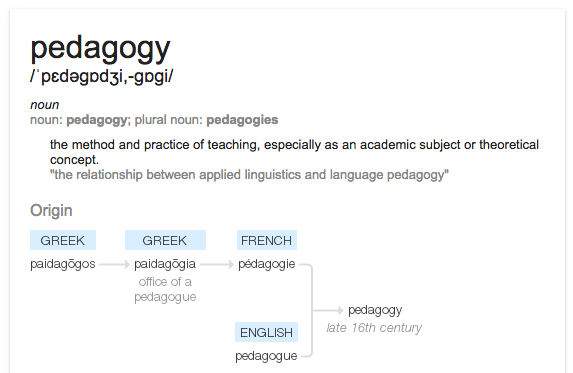
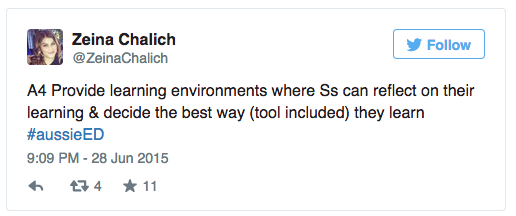
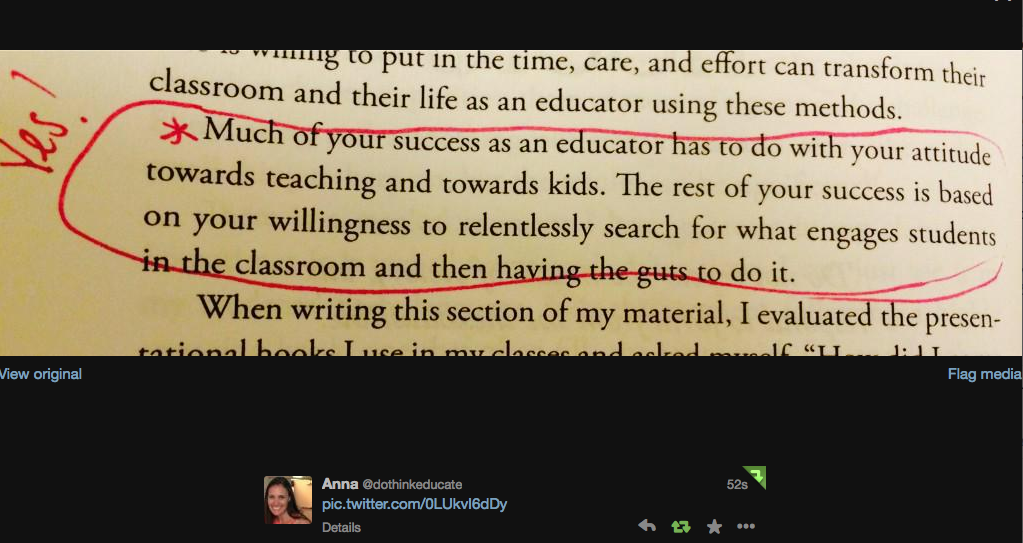
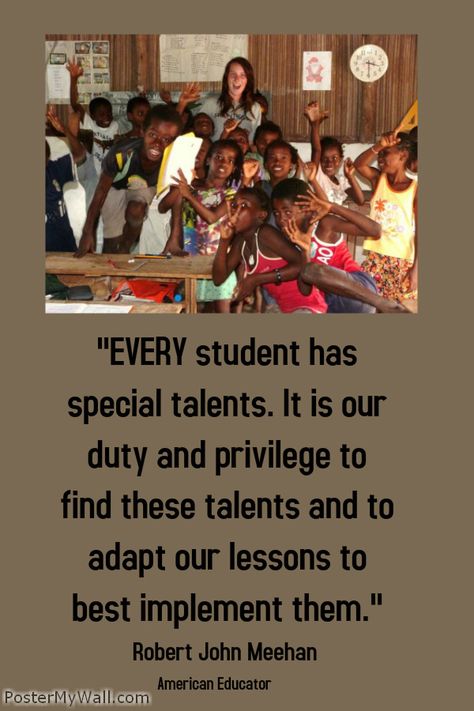
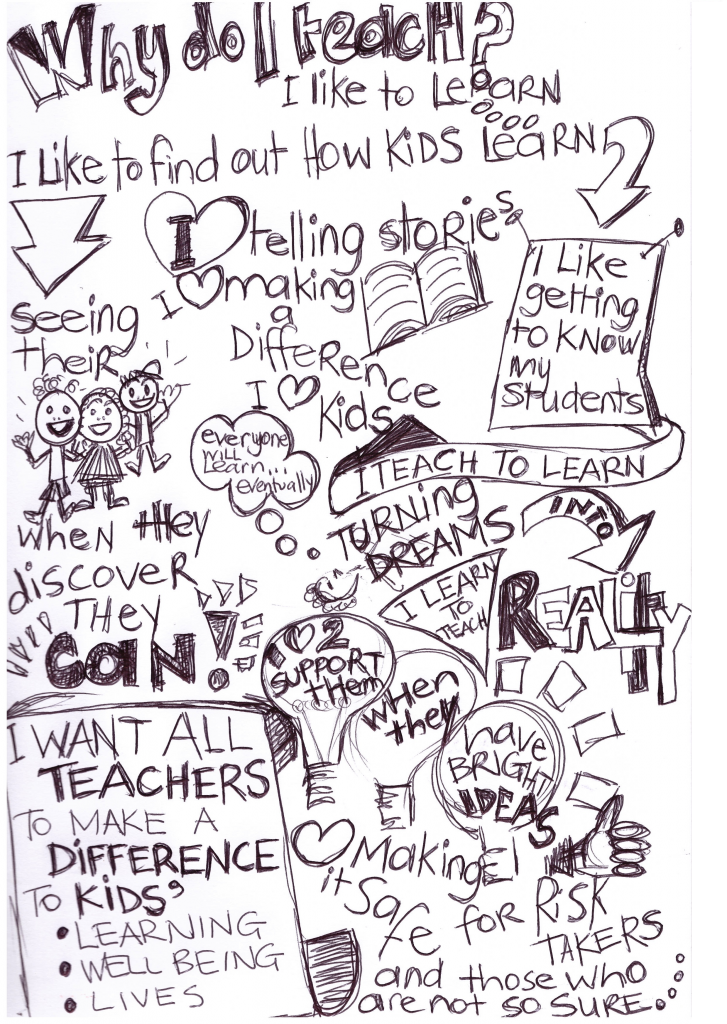

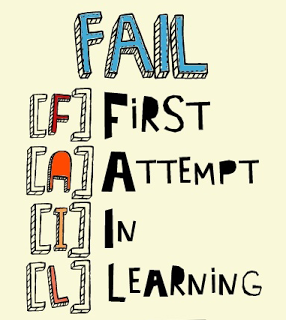 mindset
mindset 